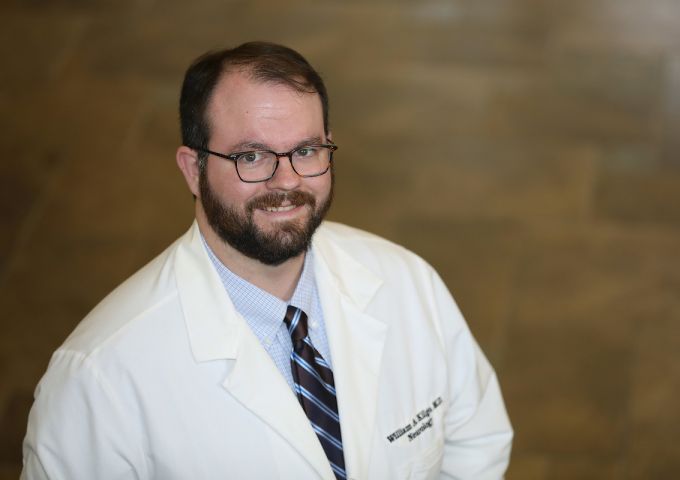
USA researchers receive Bander Award in support of pulmonary related research
Silas Leavesley, Ph.D., professor of chemical and bimolecular engineering at the University of South Alabama, and Thomas Rich, Ph.D., professor of pharmacology at the USA College of Medicine, recently received the 2019 USA Center for Lung Biology Murray Bander Faculty Development Award. The award – which is given to one or two investigators each year— seeks to foster innovative discoveries in pulmonary research and promote faculty development.
By Nichelle Smith
Silas Leavesley, Ph.D., professor of chemical and bimolecular engineering at the University of South Alabama, and Thomas Rich, Ph.D., professor of pharmacology at the USA College of Medicine, recently received the 2019 USA Center for Lung Biology Murray Bander Faculty Development Award. The award – which is given to one or two investigators each year— seeks to foster innovative discoveries in pulmonary research and promote faculty development.
As members of the USA Center for Lung Biology, their novel research seeks to develop a hyperspectral clinical imaging endoscopy platform to more effectively diagnose and treat abnormal tissues in the upper airway.
According to Leavesley, who also holds a joint appointment in the USA College of Medicine department of pharmacology, this research holds far-reaching potential for improving patient care.
Endoscopes, essentially long tubal devices used to visualize interior parts of the body, are used in pulmonary medicine to diagnose and monitor a wide variety of conditions such as cancers, cysts, environmentally induced damage or airway blockages. Currently, visual inspection is performed using a standard color camera for imaging which provides images in red, green and blue (RBG).
“Our research seeks to develop a next-generation endoscope that provides images in many different colors, referred to by their characteristic wavelength,” he said. “This technique of imaging at many wavelengths of light is called hyperspectral imaging and has previously demonstrated the ability to provide accurate detection of certain types of abnormal tissues such as cancers.”
Leavesley said this new technique is needed as traditional white light imaging with a RGB camera only provides limited wavelength data for detecting cancers or other diseases. “By contrast, the hyperspectral imaging approach that we are developing should allow much more sensitive detection of certain types of conditions, such as specific cancer types, by detecting a spectral signature from the tissue and matching it to a set of known spectral signatures,” he said. “This technique is analogous to fingerprint matching in forensics.”
Murray Bander, a World War II veteran who moved from New York to Mobile to operate a clothing shop, died from complications of pneumonia in 2001. He left his estate to the USA College of Medicine in 2003 and the Murray Bander Endowment for the Center for Lung Biology was established to support scholarly activities in lung biology. Monies from the award provide support for one year, although it is possible to submit successive applications.




